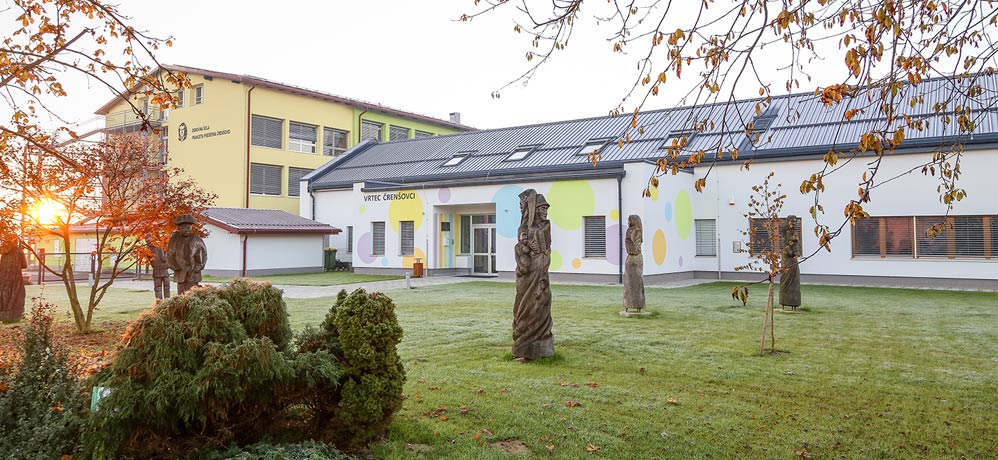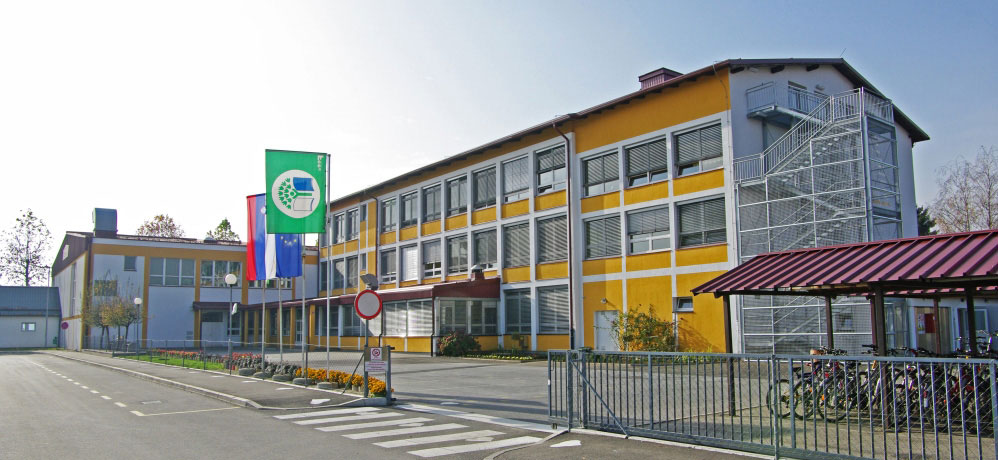Anna Marie Fisker, Architect maa, PhD, is professor at Department of Civil Engineering at Aalborg University, Denmark. She currently holds the position as director of Center for Food Science, Design & Experience. Her research focuses on issues of architectural theory and history, design, food and aesthetics with a protracted curriculum in teaching in these subjects. She has been curator at several Art and Architectural Biennale projects in Venice. Anna Marie Fisker has a large curriculum of external financed research projects related design, architecture and food at Aalborg University, this also include the Erasmus+ project Learn4Health that currently works with the subjects children and health.
Autonomous learning for health
Abstract
Title: The Good Carrots – a project for better Body and Mental Health
Research documents what educators know: Healthy pupils and students are better prepared to learn (Kristjánsson et al., 2010; KL, 2015). This lecture will focus on the thesis that innovative practical methods for learnings related to health and food issues create a rewarding educational experience for pupils and students. Furthermore a focal point will be to show that integrating feedstock in context and activities can affect children’s eating habits and food preferences.
As an example of this, the lecture will focus on the innovative carrot project, De Gode Rødder (the good carrots) that took place in Aalborg, Denmark in 2011 as a collaboration between Aalborg University and a local Kindergarten. The carrot is healthy, sweet, crunchy and versatile in its use, and the aim of De Gode Rødder was to entice children to eat more carrots – even to start eating carrots – while also broaden their minds and educate them to the world and possibilities of vegetables, the growing of vegetables and to eating healthy.
The project was created through innovative and creative approaches, ending up with an all-around experience for the children, where all senses were activated and catered to. In order to research how physical architecture affects the children’s eating habits and food preferences an ingenious design construction, a “carrot pavilion” was built, consisting of 5000 carrots hanging from the ceiling, creating a carrot castle the children could visit. Furthermore, to influence the children to forge strong and positive relationships with the carrot, several activities based on sensory and playfulness were created inside the carrot pavilion. Here, the children could see and experience and see wild carrot architecture, feel the shape and texture of the carrot, hear the sounds of the carrot in an amazing carrot concert, as well as taste this vegetable in various forms; from a healthy cake to a carrot cocktail. As results show, sensory education has positive effect on children’s food preferences (Reverdy et al, 2010) and positive reinforcement retrains the brain to learn new patterns of behaviour (Koster, 2003).
The results from this project were very postive, underpinning the thesis that integrating feedstock in creative contexts and activities can affect children’s eating habits and food preferences, and acts as an example of how innovative approaches to healthy foods can help educate, inspire and activate children to healthy eating practices.
Anna Marie Fisker
Project leader Learn4Health
Director Center for Food Science, Design & Experience
Department of Civil Engineering, University of Aalborg
Naslov: Dobro korenje – projekt za boljše telesno in duševno zdravje
Raziskava je potrdila, kar izobraževalci vedo: zdravi učence so se bolje pripravljeni učiti (Kristjánsson et al., 2010; KL, 2015). Predavanje se bo osredotočilo na tezo, da inovativne praktične metode učenja, povezane z vprašanji zdravja in hrane, ustvarjajo pozitivne izkušnje učencev in študentov. Poleg tega bo osrednja točka pokazala, da lahko vključevanje surovin v kontekst in dejavnosti vpliva na otroške prehranjevalne navade.
Kot primer tega se bo predavanje osredotočilo na inovativen projekt ˝korenčka˝, De Gode Rødder (dobro korenje), ki je potekal v Aalborgu na Danskem leta 2011 kot sodelovanje med Univerzo Aalborg in krajevnim vrtcem. Korenček je zdrav, sladek, hrustljav in vsestranski pri uporabi, cilj De Gode Rødder pa je bil, da otroke spodbudi k uživanju več korenja – oz. sploh začeti jesti korenje. Hkrati pa je bil namen tudi razširiti njihovo obzorje in jih izobraževati na področju rabe zelenjave, gojenja zelenjave in zdravega prehranjevanja.
Projekt je bil ustvarjen z inovativnimi in ustvarjalnimi pristopi, ki so se zaključili z izkušnjami za otroke, kjer so bili vsi čuti aktivirani. Da bi raziskali, kako fizična arhitektura vpliva na otroške prehranjevalne navade in izbiro hrane, je bil zgrajen “paviljon korenčka”, ki je bil sestavljen iz 5000 korenčkov, ki so viseli s stropa in so ustvarili korenčkov grad, ki so ga otroci lahko obiskali. Da bi otroci razvili močne in pozitivne odnose s korenčkom, so v notranjosti paviljona korenčka nastale številne dejavnosti, ki so temeljile na čutilih in igrivosti. Tukaj so otroci lahko videli in doživljali ogled divje korenčkove arhitekture, občutili obliko in teksturo korenčka, slišali zvoke korenčka v neverjetnem koncertu korenčka in okusili to zelenjavo v različnih oblikah; od zdrave torte do korenčkovega koktejla. Kot kažejo rezultati, ima senzorična vzgoja pozitiven učinek na otrokovo izbiro hrane (Reverdy et al, 2010) in pozitivna podpora preusmeri možgane, da se naučijo novih vzorcev vedenja (Koster, 2003).
Rezultati tega projekta so bili zelo pozitivni, saj so podkrepili tezo, da lahko vključevanje surovin/sestavin v ustvarjalne kontekste in dejavnosti vpliva na otroške prehranjevalne navade in izbiro hrane ter služi kot primer, kako lahko inovativni pristopi k zdravju pomagajo izobraževati, navdihovati in aktivirati otroke k zdravim prehranjevalnim navadam.
Anna Marie Fisker
Vodja projekta Learn4Health
Center za živilstvo, oblikovanje in izkušnje
Oddelek za gradbeništvo, Univerza v Aalborgu
References:
Mulgan, G., Tucker, S., Ali, R., Sanders, B. (2007). Social Innovation – What it is, Why it Matters and how it can be accelerated. London: The Basingstoke Press.
Mikkelsen, B.E. (2011). Images of foodscapes: introduction to foodscape studies and their application in the study of healthy eating out-of-home environments. Perspectives in Public Health, 131, 209-216.
Kristjánsson, Á., Sigfúsdóttir, I. and Allegrante, J. (2010). Health Behavior and Academic Achievement Among Adolescents: The Relative Contribution of Dietary Habits, Physical Activity, Body Mass Index, and Self-Esteem. Health Education & Behavior, 37(1), pp.51-64.
Reverdy, C. et al (2010). Effect of sensory education on food preferences in children.
Food Quality and Preference, 2010, Vol.21(7), pp.794-804
Köster, E.P. (2003) The psychology of food choice: some often encountered fallacies. Food Quality and Preference, 14 359–373







